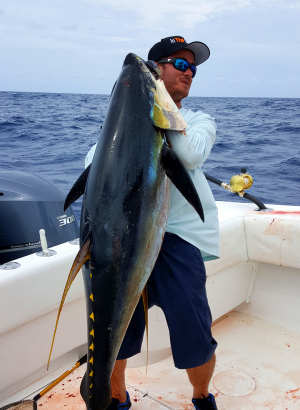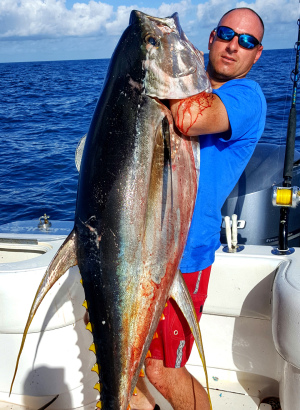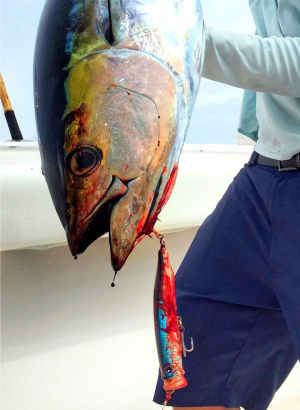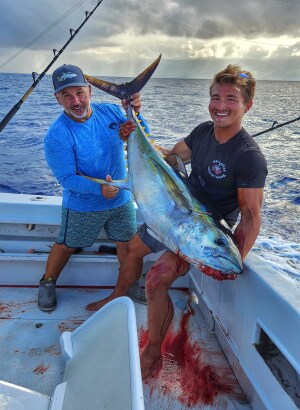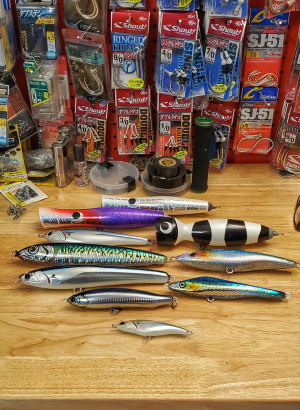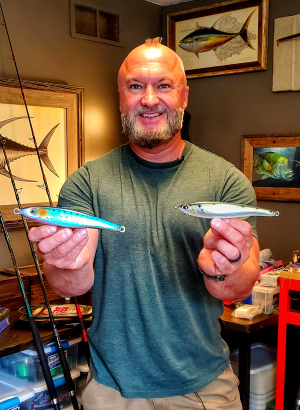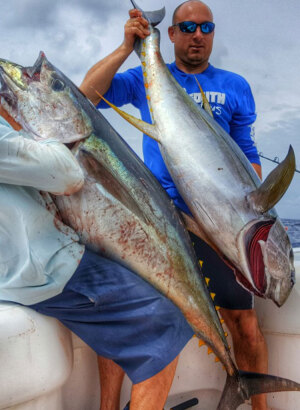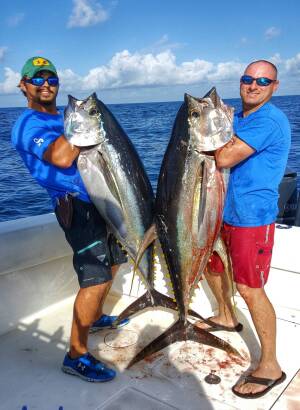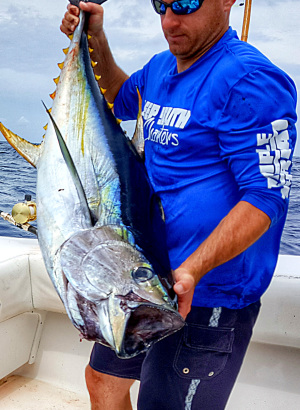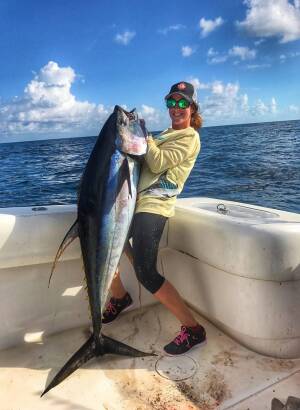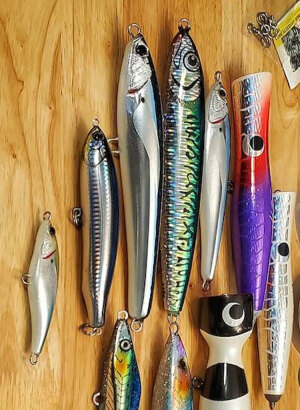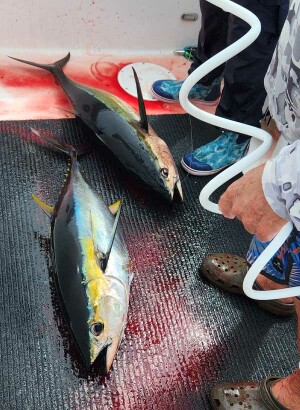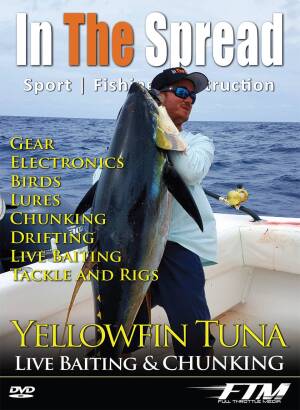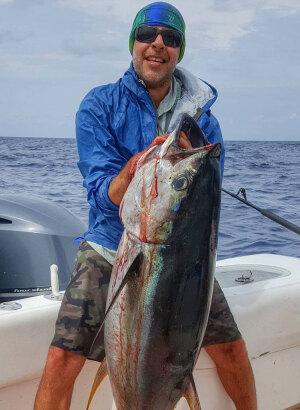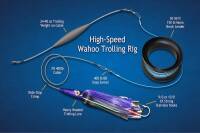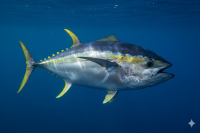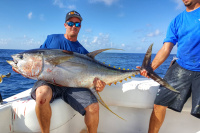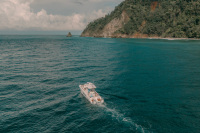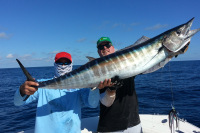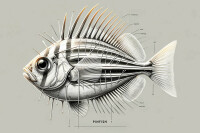Chumming for tuna transforms average anglers into consistent producers on the water. These proven techniques for yellowfin and bluefin tuna dramatically increase your success rate through strategic live bait and dead bait methods that trigger aggressive feeding responses from ocean predators.

Chumming for Tuna: The Complete Guide
Chumming for Tuna: Proven Techniques for Yellowfin and Bluefin
Chumming for tuna transforms average fishing trips into extraordinary battles with some of the ocean's most powerful predators. This comprehensive guide reveals the expert techniques that consistently attract yellowfin tuna and bluefin tuna to your boat, dramatically increasing your success rate on the water.
What You'll Master in This Guide
- Advanced live bait chumming techniques that trigger feeding frenzies
- Strategic dead bait chunking methods for different fishing scenarios
- Location-specific approaches for structure fishing and open water
- Professional timing and positioning strategies that outfish the competition
- Troubleshooting methods when fish won't respond to traditional approaches
- Safety protocols and conservation practices for responsible tuna fishing
Understanding Tuna Behavior and Migration Patterns
Yellowfin and bluefin tuna are among the ocean's most efficient predators, with behavior patterns that smart anglers can exploit through strategic chumming. These highly migratory species follow predictable patterns tied directly to their feeding requirements and spawning cycles.
The Science Behind Tuna Feeding Behavior
- Pilchards and sardines forming dense schools near temperature breaks
- Mackerel and mullet concentrating around natural and artificial structure
- Menhaden and pogies moving through coastal migration corridors
- Blue runners and goggle eyes following current lines and seamounts
Reading Water and Structure for Tuna Fishing Success
- Temperature breaks where different water masses meet create bait concentrations
- Artificial structure like oil platforms and rigs act as bait magnets
- Natural bottom structure including seamounts and ridges funnel baitfish
- Current convergences trap and concentrate smaller fish species

Essential Chumming Equipment and Bait Preparation
Live Bait Selection and Management
- Pilchards (ideal size: 4-6 inches) offer excellent durability and attraction
- Goggle eyes provide superior hook life and natural swimming action
- Finger mullet work exceptionally well in coastal yellowfin applications
- Blue runners excel in offshore scenarios with strong current flows
- Mackerel trigger aggressive responses but require careful handling
Dead Bait Preparation and Storage
- Frozen sardines and pilchards should be thawed gradually to maintain natural oils
- Fresh mackerel cut into 2-3 inch chunks provides excellent scent dispersion
- Commercial bycatch from local fishing operations often produces superior results
- Butterfish and anchovies work exceptionally well for bluefin tuna applications
Live Bait Chumming Techniques That Trigger Feeding Responses
Fundamental Live Bait Positioning Strategy
- Maintain 50-100 foot distance between boat and active chum zone
- Use current flow to carry live bait naturally away from vessel
- Monitor depth finder for tuna signatures approaching the feeding area
- Position boat up-current from target structure or fish concentrations
Advanced Surface Frenzy Technique
- Deploy surface bait spread using a chum bat for consistent distribution
- Prepare bucket with 12-15 baits while monitoring tuna approach behavior
- Begin slow boat movement as tuna commit to surface feeding
- Pitch bucket baits simultaneously with deploying hooked offerings
- Create white water with brief engine acceleration to trigger protective instincts
Dead Bait Chunking Strategies for Structure and Open Water
Current-Based Positioning for Maximum Effectiveness
- Use bottom machine to locate baitfish concentrations indicating current direction
- Deploy marker buoys to track actual drift patterns at different depths
- Position 100-200 yards up-current from target structure depending on flow speed
- Maintain consistent chum deployment every 30-45 seconds for optimal scent trail
Mastering Sink Rate Matching
- Feed line slowly for matching heavy chunk bait descent rates
- Allow free spooling when using lighter baits like butterfish or anchovies
- Monitor depth finder to track hooked bait relative to fish signatures
- Adjust feeding speed based on current strength and bait density
Combination Techniques for Maximum Attraction
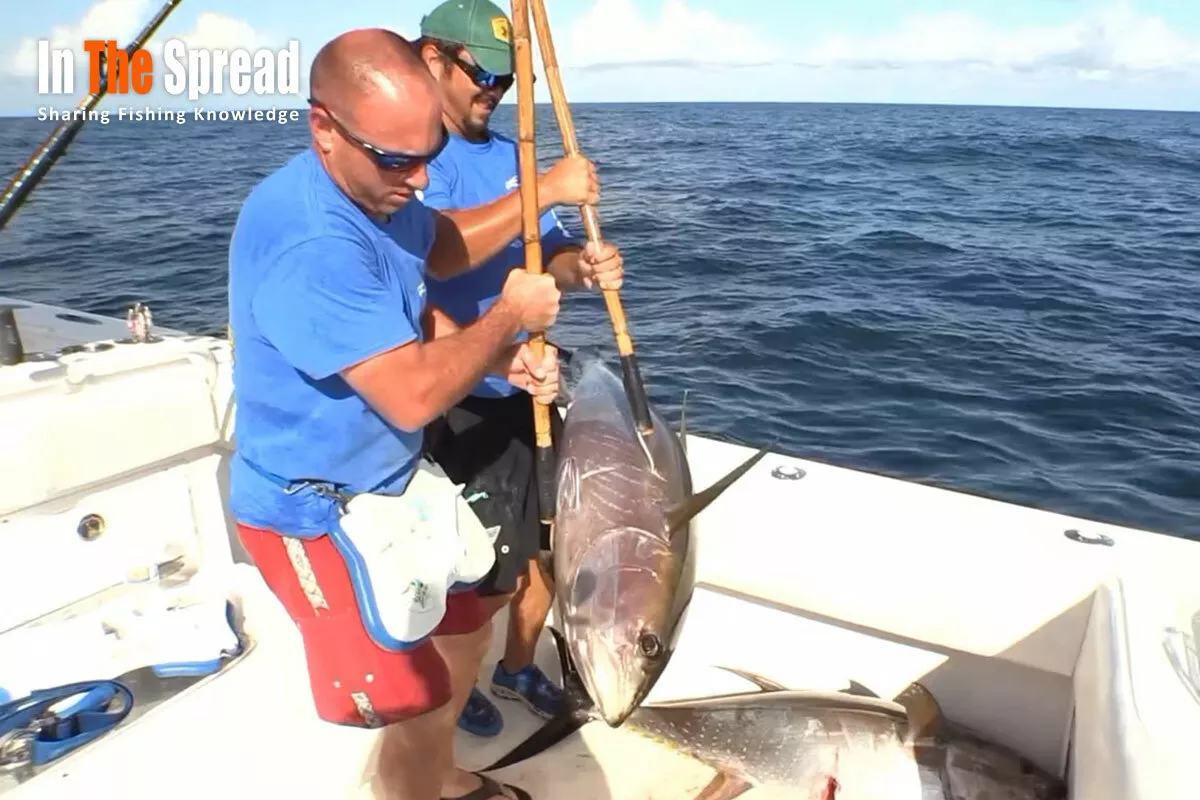
Strategic Live and Dead Bait Integration
- Establish scent trail with consistent dead bait chunking for 10-15 minutes
- Monitor fish finder for tuna signatures entering the feeding zone
- Deploy live bait strategically as fish approach optimal striking distance
- Maintain mixed chumming throughout active feeding periods
- Adjust ratio based on fish response and feeding intensity
Reading Fish Response and Adjusting Techniques
- Surface feeding activity suggests increasing live bait presentation
- Deep fish signatures indicate focusing on dead bait scent trails
- Scattered individual fish require lighter, more subtle chumming approaches
- Tight school formations respond well to concentrated bait presentations
Location-Specific Tuna Chumming Applications
Structure Fishing Techniques for Artificial and Natural Features
- Target up-current positions 100-150 yards from structure base
- Focus chumming depth matching baitfish concentrations on finder
- Use heavier chunks to reach deeper holding areas effectively
- Maintain consistent presentation despite structure-related current deflection
Open Water Techniques for Following Schools
- Predict school movement based on current direction and baitfish activity
- Establish chum line 200-300 yards ahead of visible fish activity
- Use bird activity to track subsurface school movement patterns
- Maintain mobile setup ready to relocate quickly as schools move
Regional Yellowfin and Bluefin Technique Variations
Gulf of Mexico Yellowfin Chumming Approaches
- Source fresh bycatch from departing commercial vessels when possible
- Target oil platform complexes during early morning and late afternoon periods
- Use larger chunk baits (3-4 inches) to match prevalent baitfish sizes
- Focus summer months when yellowfin concentrations peak around platforms
Atlantic Bluefin Specialized Methods
- Match the hatch with prevailing bait sizes to avoid spooking educated fish
- Employ longer leader sections (15-20 feet) for more natural presentations
- Target dawn and dusk periods when bluefin feeding activity peaks
- Focus on areas with minimal recent fishing pressure for better response rates
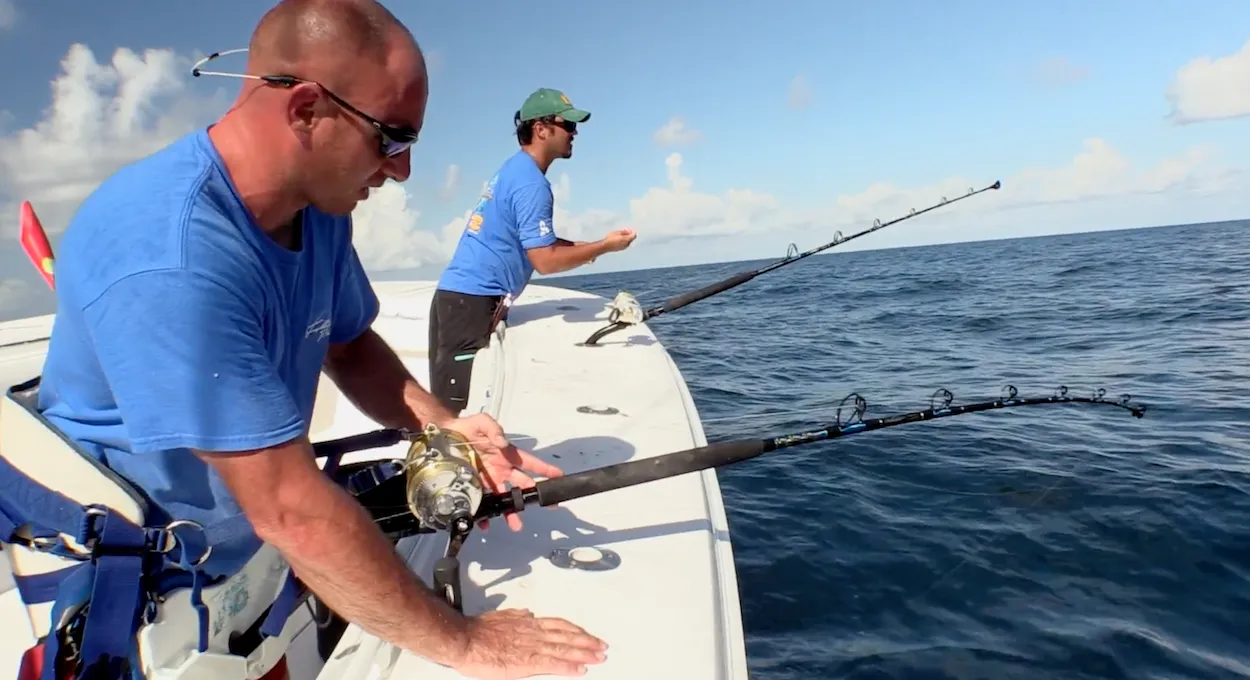
Troubleshooting Common Chumming Problems
When Fish Won't Respond to Standard Techniques
- Excessive boat noise - Move further from fish and reduce engine use
- Poor bait quality - Switch to fresher baits or different species
- Wrong depth presentation - Adjust sink rates to match fish signatures
- Overfishing pressure - Relocate to areas with less recent activity
Maintaining Fish Interest During Extended Sessions
- Vary chumming rhythm to prevent fish from becoming conditioned to patterns
- Mix bait types regularly to maintain curiosity and feeding excitement
- Control feeding intensity to keep fish hungry but engaged
- Monitor fish behavior for signs of declining interest or increasing wariness
Safety and Conservation Best Practices
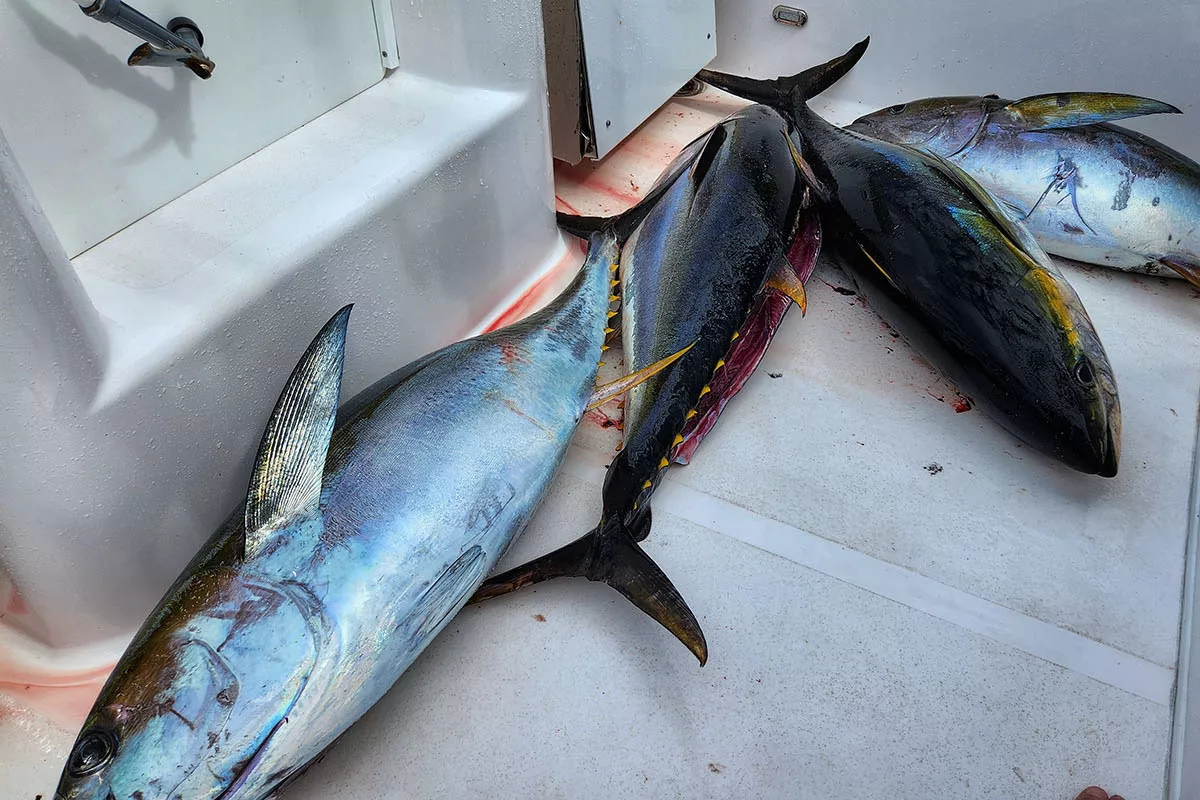
Deck Safety During Active Chumming Operations
- Maintain clean, organized deck areas free from scattered bait and equipment
- Use non-slip deck surfaces or treatments in high-traffic fishing areas
- Establish clear crew responsibilities for bait handling and fish management
- Keep emergency equipment accessible despite active fishing operations
Sustainable Tuna Fishing Practices
- Source bait sustainably from certified suppliers when possible or catch it yourself
- Practice selective harvest keeping only fish intended for consumption
- Use proper release techniques for undersized or excess fish
- Support research efforts through participation in tagging programs
How much chum do I need for a full day of tuna fishing?
This variable based on the length of your trip. At a minimum, plan for 50-75 pounds of dead bait and 200-300 live baits for a complete day. Successful sessions can consume bait rapidly, so overestimate rather than run short during productive periods.
What's the best time of day to start chumming for tuna?
Begin tuna chumming 30-45 minutes before dawn to establish feeding zones as fish begin active feeding. Early morning and late afternoon periods typically produce the most consistent results.
Can I use frozen bait for chumming, or does it need to be fresh?
Properly handled frozen bait works excellently for dead bait chunking. Thaw gradually and maintain cold storage to preserve natural oils and scent that attract tuna.
How do I know if I'm using too much or too little chum?
Monitor fish response carefully. Too much chum satisfies fish without hook commitment, while too little fails to maintain interest. Aim for keeping fish interested but hungry.
What's the difference between chumming techniques for yellowfin vs bluefin?
Yellowfin tuna typically respond to more aggressive chumming with larger chunks, while bluefin tuna require subtler presentations with smaller, more natural baits due to fishing pressure.
How far should I position my boat from structure when chumming?
Maintain 100-200 yards from structure depending on current strength and fish behavior. This distance allows natural chum drift while avoiding spooking structure-related fish.
What should I do if the chum attracts sharks instead of tuna?
Reduce chum quantity and switch to more selective bait types. Move to different areas if shark presence becomes overwhelming, as they often indicate recent predatory activity.
How do weather conditions affect chumming success?
Calm conditions improve chumming effectiveness by maintaining consistent scent trails, while rough seas disperse chum rapidly. Adjust techniques based on sea state and wind conditions.
Mastering Tuna Chumming for Consistent Success
- Quality bait selection remains the single most important factor in chumming success
- Proper positioning relative to structure and current flow determines technique effectiveness
- Consistent presentation maintains fish interest without overfeeding or spooking
- Adaptability based on fish response separates successful anglers from average fishermen



